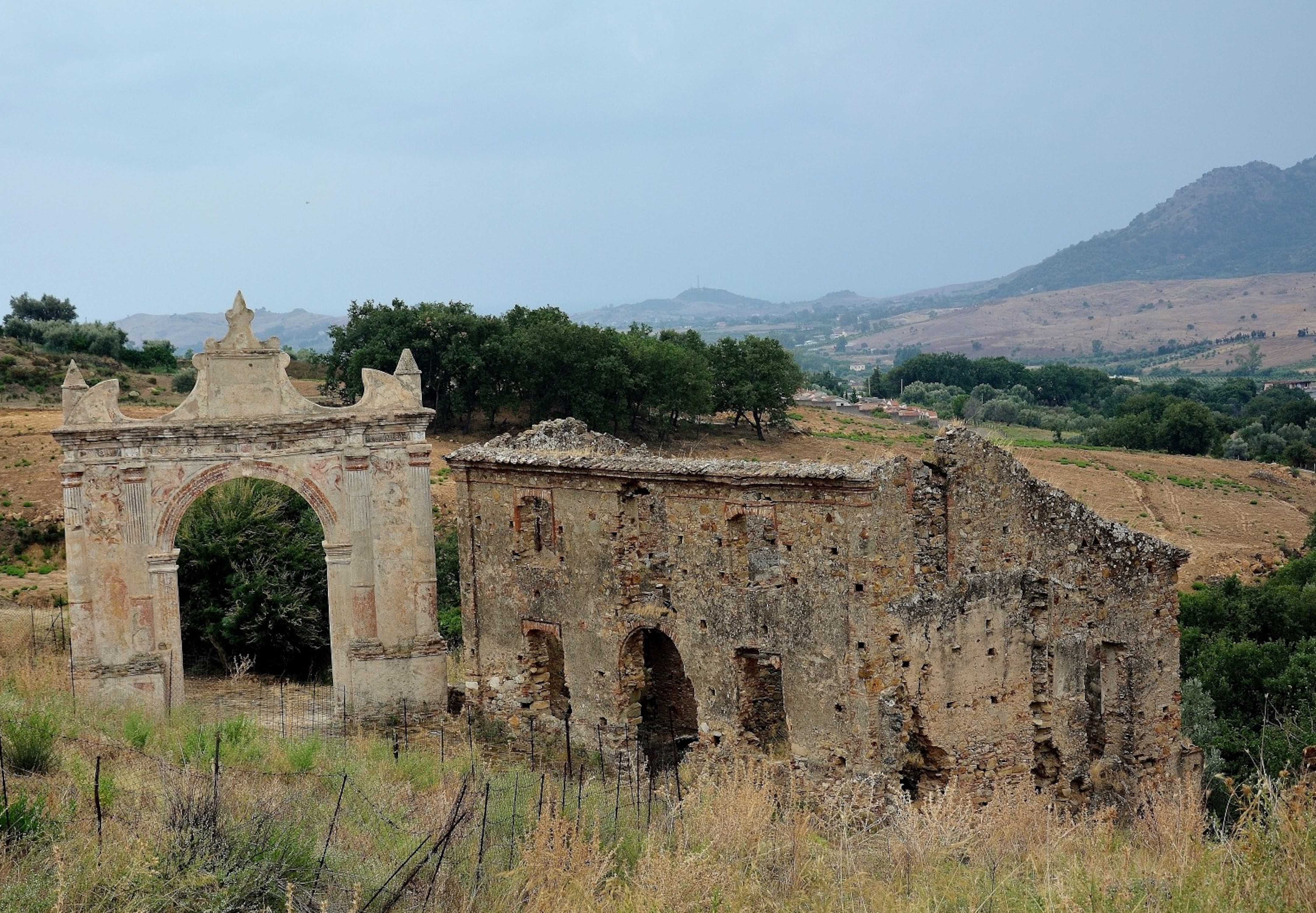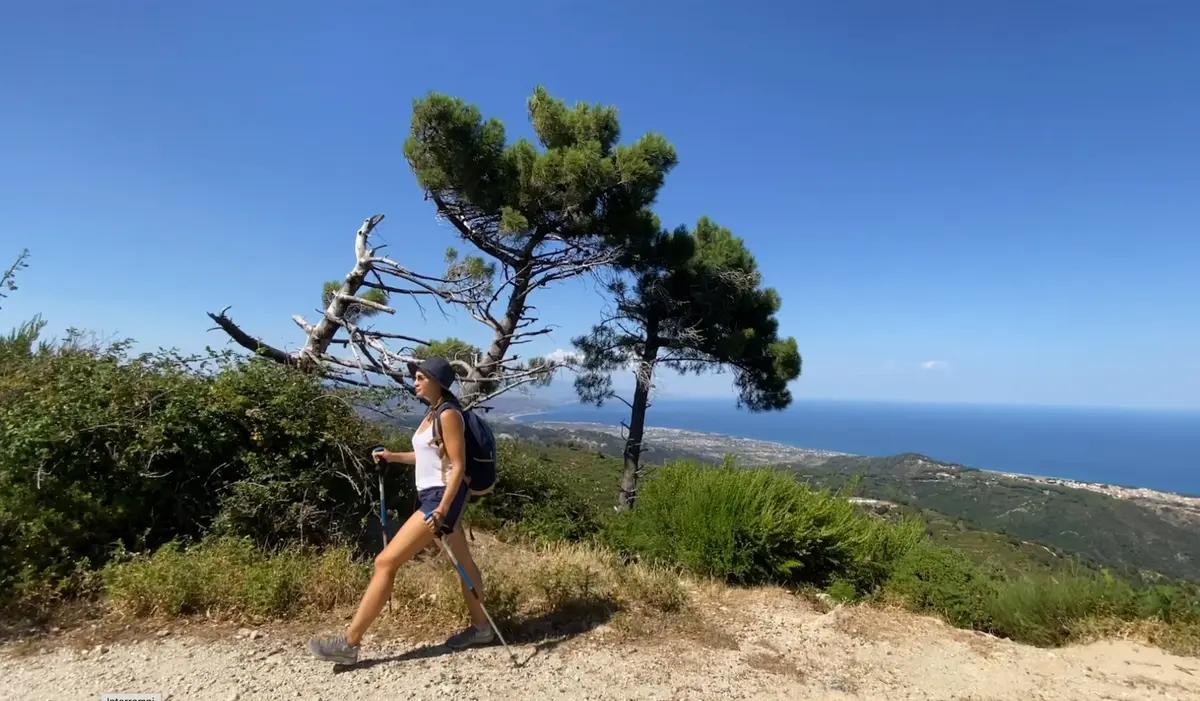Bruzzano Vecchio, the ghost village in the heart of Locride
Trip to the legendary “Armenian Fortress”

Living slow
Bruzzano Vecchia - Regione Calabria
Part of the so-called Heracleum territory of Locride, in the province of Reggio Calabria, Bruzzano Vecchio is the ancient abandoned village of the municipality of Bruzzano Zeffirio.
One of the "ghost villages" of southern Calabria, it lies suspended between the Costa dei Gelsomini Regional Marine Park and the slopes of Aspromonte.
Bruzzano Vecchio is a meeting point between ancient memories of the East and West.
History of Bruzzano Vecchio
The "ghost town" of Bruzzano Vecchio is a classic Calabrian inland village which, over time, has become depopulated, preserving a wealth of charm and memories that invite visitors to discover its history. Nestled at the foot of the Aspromonte National Park, between the seaside hamlet around Capo Bruzzano (Marinella di Bruzzano) and the present-day village of Bruzzano Zeffirio, the village is a monument to the inexorable passage of time. Its ancient history intersects with that of the Greek community (which still speaks Calabrian Greek today) and the arrival of Eastern peoples in the region: Basilian monks and Armenians in their wake, so much so that the entire valley is known as the Valley of the Armenians.
This archaic world is reflected in the very name of Bruzzano Zeffirio, which brings together two elements that identify the territory: the Bruzio Promontory and the Zephyr wind, which softens the climate all year round. The first Byzantine kastrum, which today corresponds to the site of Bruzzano Vecchio, was founded by the troops of Nicephorus Phocas around the 9th century, on top of the hill called Armenian Fortress. Over the centuries, this small nucleus grew to become a real village, guardian of ancient traditions, rituals, languages and customs with a 'Levantine' flavour.
The first phase of depopulation of the village was due to its conquest by Saracen pirates in 925; other factors that contributed to its definitive abandonment were the repeated earthquakes that struck these areas over the centuries.

What to see in Bruzzano Vecchio
To discover traces of these exciting stories, we climb to the top of the so-called Armenian Fortress: the local sandstone monolith that rises about 25 metres above the village of Bruzzano Vecchio. A walk among the ruins reveals the secrets of the Armenian Castle: built between the 10th and 11th centuries, it was reduced to its current condition by the terrible earthquakes of 1783, 1905 and 1908. The buildings that make up the castle have three different functions: defensive-military elements, a noble chapel and the domestic quarters where the Carafa family lived.
The most intact monument in Bruzzano Vecchio is dedicated to the princes: the imposing Triumphal Arch, a sandstone structure symbolising the local nobility. Built in the 17th century, it can be considered to all intents and purposes an urban gateway to the village, with a celebratory function. All around, in the immediate vicinity of the Armenian Fortress, there are several hermit caves (Basilian Caves), which served as a refuge for the Eastern monks who first inhabited these places.

https://calabriastraordinaria.it/en/news/bruzzano-vecchio-the-ghost-village-in-the-heart-of-locride



